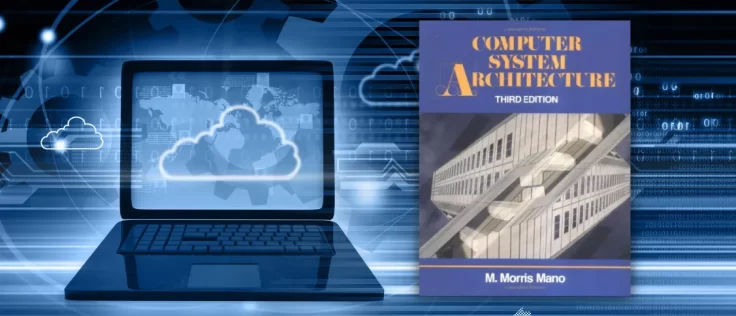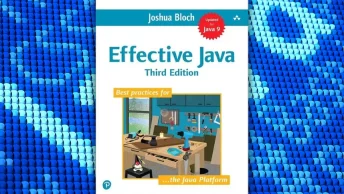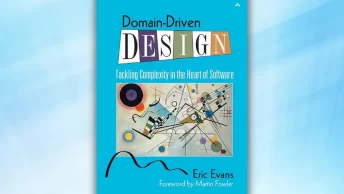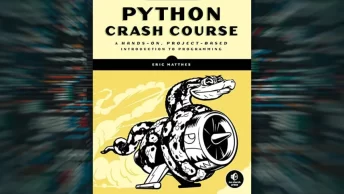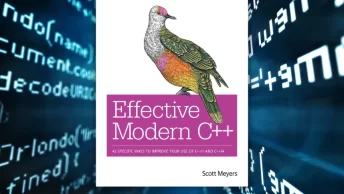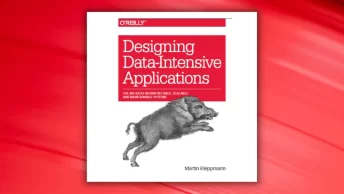Computer System Architecture PDF is a book by M. Morris Mano published in 1985 by Prentice Hall. The book covers the topics of computer science and engineering, with a focus on system architecture. It is widely considered to be a classic textbook in the field.
The book has been reprinted several times and is still in print today. It is available in both hardcover and paperback editions. As of 2016, the most recent reprint was published in 2013. As of 2016, the book has sold over 500,000 copies worldwide. It has been translated into multiple languages, including Chinese, Japanese, Korean, and Spanish.
The book has been well-reviewed by critics. In a 1986 review, Computing Reviews said the book “should be required reading for all computer science students.” They went on to say that it was “a welcome addition to the computer science literature.”
Table of Contents
Computer System Architecture Summary
The book starts with an introduction to digital computers, their components, and their operations. It then moves on to discuss the basic concepts of computer architecture. The book is divided into four parts: part one deals with number representation and arithmetic, part two with memory organization, part three with input/output organization, and part four with central processing unit (CPU) design.
Each part is further divided into chapters that discuss specific topics in greater detail. For example, in part one, chapter 1 discusses number representation and arithmetic, while chapter 2 discusses essential computer components and their interconnection. In part two, chapter 3 discusses memory organization, while chapter 4 discusses input/output organization. Part three exploresCPU design in greater detail, including chapters on instruction sets, pipelining, parallel processing, and cache memory.
The book is well-written and easy to understand. It is suitable for those who want to learn about the basic concepts of computer architecture as well as for those who want to design their own digital computer.
Details of Computer System Architecture Book
| Book | Computer System Architecture |
| Author | M. Morris Mano |
| Original language | English |
| Originally published | 1982 |
| Category | Computers, Computer Engineering |
| Publisher | Prentice-Hall |
| Total Pages | 525 |
| Format | PDF, ePub |
Multiple Languages Editions of Computer System Architecture Book
Computer System Architecture book has been translated into multiple languages over the years. The most recent edition is the sixth edition, which was published in 2014.
| Book Editions | Check Now |
|---|---|
| English | Check Price |
About the Author
M. Morris Mano is an American computer scientist and professor emeritus of electrical engineering at the University of California, Riverside. He is known for his work on computer architecture, digital design, and logic design. He has written several textbooks on these subjects, including Digital Design: Principles and Practices and Computer System Architecture.
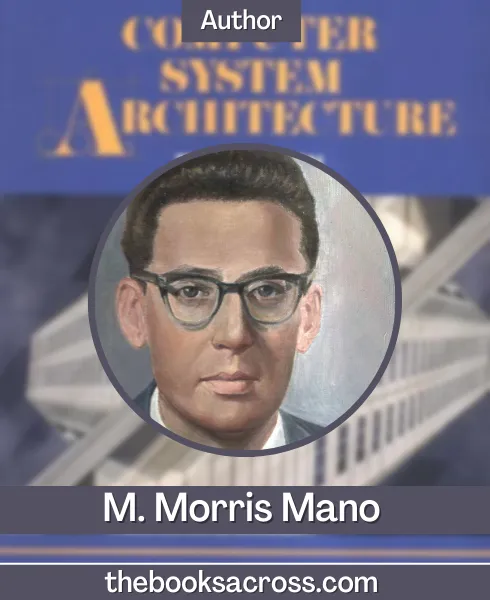
Mano was born in New York City in 1931. He received his bachelor’s degree in electrical engineering from Brooklyn Polytechnic Institute in 1953. He then went on to receive his master’s degree and Ph.D. in electrical engineering from the University of California, Berkeley, in 1954 and 1957 respectively.
After graduation, Mano began working at Bell Labs, where he worked on the development of the UNIX operating system. He then joined the faculty of the University of California, Riverside in 1967, where he taught for over 30 years. He retired from teaching in 1998 but remains active in research.
Mano has received several awards and honors throughout his career. In particular, he was named a Fellow of the Institute of Electrical and Electronics Engineers (IEEE) in 1968 and a Fellow of the Association for Computing Machinery (ACM) in 1974. He was also inducted into the National Academy of Engineering in 1990.
Computer System Architecture PDF Free Download
Click on the download button below to get a pdf file of the Computer System Architecture book.
Similar Books to Computer System Architecture Book
- Computer Organization and Architecture, 10th Edition by William Stallings
- Fundamentals of computer systems architecture by Roger L. Davis
- Modern Computer Architecture by Abd-El-Barr and El-Rewini
- Introduction to Computing Systems: From Bits and Gates to C and Beyond, 2nd edition by Yale N. Patt and Sanjay J. Patel
- Computer Science: An Interdisciplinary Approach by Robert Sedgewick and Kevin Wayne
- Computer Systems: A Programmer’s Perspective, 3rd Edition by Randal E. Bryant and David R. O’Hallaron
- The Elements of Computing Systems: Building a Modern Computer from First Principles by Noam Nisan and Shimon Schocken
FAQs(Frequently Asked Questions)
What is the book Computer System Architecture about?
It is about the basic concepts of computer hardware and software. The book discusses various components of a computer system and how they work together.
What is the main purpose of the author to write Computer System Architecture?
To explain the basic concepts of computer hardware and software so that readers can understand how computers work.
What are the unique features of Computer System Architecture?
The book discusses various components of a computer system and how they work together. It also covers the different types of computer architectures and their features.
What are the topics covered in Computer System Architecture?
The book covers various topics such as computer hardware, software, memory, I/O, and networks. It also covers the different types of computer architectures and their features.
What are the benefits of reading Computer System Architecture?
By reading this book, readers will gain a better understanding of how computers work. They will also be able to learn about the different types of computer architectures and their features.
Who is the target audience of Computer System Architecture?
The book is intended for readers who want to learn about the basic concepts of computer hardware and software. It is also for readers who want to learn about the different types of computer architectures and their features.

